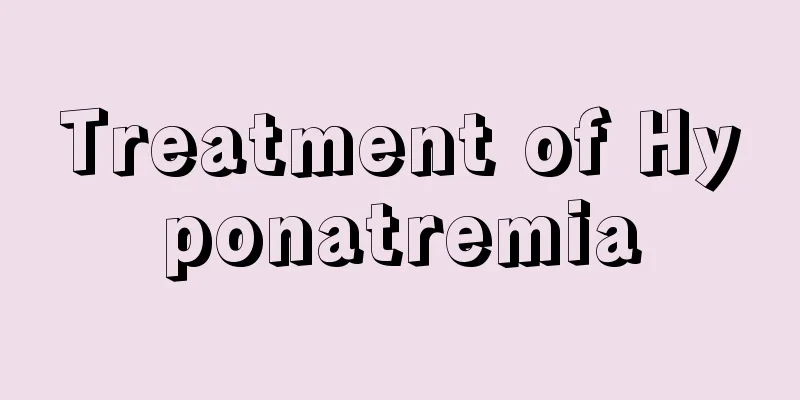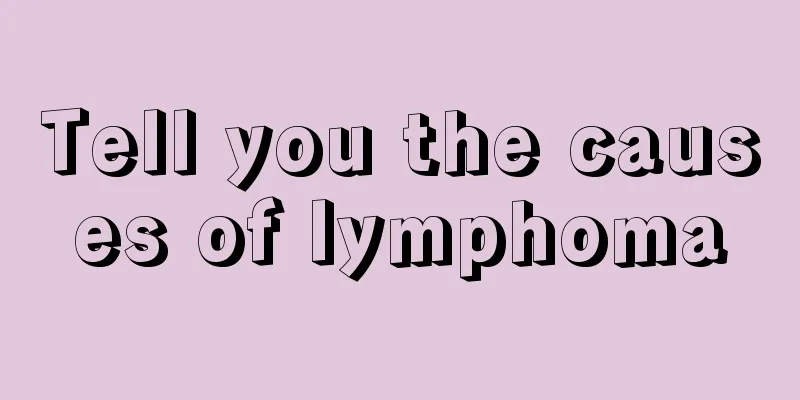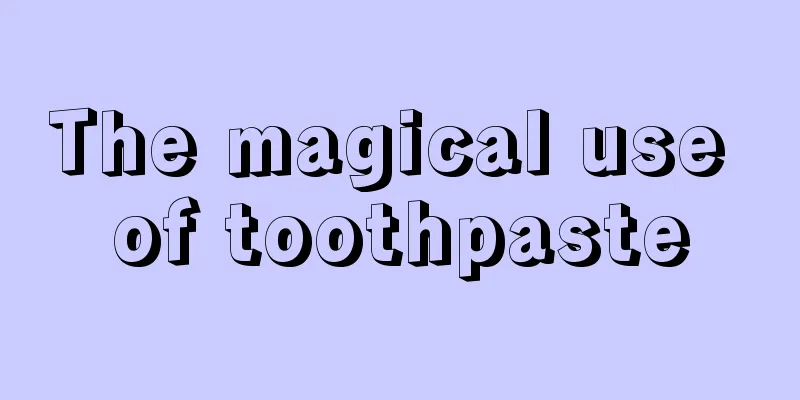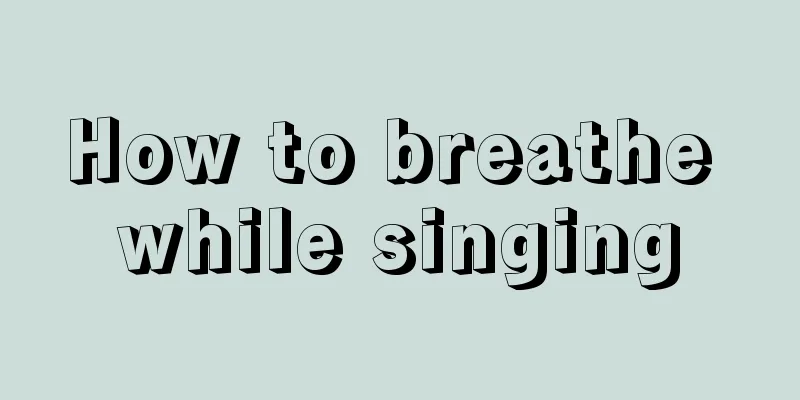Treatment of Hyponatremia

|
Hyponatremia is a disease that is easy to occur in the human body. There are many adverse reactions in the human body when suffering from this disease, such as headache, muscle soreness, intestinal discomfort, respiratory failure, or drowsiness, etc. Severe cases of hyponatremia may even cause death. Therefore, people need to pay special attention to this disease. The following is a detailed introduction on how to treat hyponatremia. Symptomatic treatment] 1. Treatment goal of acute hyponatremia: to increase blood sodium by nearly 10 mmol/L or to 120-125 mmol/L within a short period of time (4-6 hours). Over the next 24 to 48 hours or longer, serum sodium concentration gradually returns to normal. 3% sodium chloride solution can be dripped intravenously, and diuretics can be injected at the same time to accelerate the excretion of free water, restore blood Na+ more quickly, and avoid excessive volume. 2. For chronic asymptomatic hyponatremia, the first step is to find the cause of hyponatremia and then treat it accordingly. For patients whose cause cannot be eliminated temporarily, measures such as limiting water intake and inhibiting ADH release to increase solute intake or excretion can be adopted. Chronic symptomatic hyponatremia is treated with sodium supplementation and diuretics to increase free water excretion. 3. Sodium-losing hyponatremia is common in gastrointestinal and renal sodium loss. Treatment is mainly with sodium supplementation. For mild cases, only saline or sodium chloride tablets can be taken orally, and water should be drunk to restore blood volume. In severe cases, normal saline or high-concentration saline is given intravenously. It should be noted that such patients should not be given glucose water, otherwise hyponatremia will be aggravated. [Drug treatment] 1. Treatment goal of acute hyponatremia: to increase blood sodium by nearly 10 mmol/L or to 120-125 mmol/L within a short period of time (4-6 hours). Over the next 24 to 48 hours or longer, serum sodium concentration gradually returns to normal. 3% sodium chloride solution can be dripped intravenously, and diuretics can be injected at the same time to accelerate the excretion of free water, restore blood Na+ more quickly, and avoid excessive volume. 2. For chronic asymptomatic hyponatremia, the first step is to find the cause of hyponatremia and then treat it accordingly. For patients whose cause cannot be eliminated temporarily, measures such as limiting water intake and inhibiting ADH release to increase solute intake or excretion can be adopted. Chronic symptomatic hyponatremia is treated with sodium supplementation and diuretics to increase free water excretion. 3. Sodium-losing hyponatremia is common in gastrointestinal and renal sodium loss. Treatment is mainly with sodium supplementation. For mild cases, only saline or sodium chloride tablets can be taken orally, and water should be drunk to restore blood volume. In severe cases, normal saline or high-concentration saline is given intravenously. It should be noted that such patients should not be given glucose water, otherwise hyponatremia will be aggravated. Typical symptoms The clinical manifestations and severity of hyponatremia depend on the rate at which blood Na+ and blood sodium decrease. When blood Na+ is above 130mmol/L, it rarely causes symptoms. When Na+ is between 125 and 130 mmol/L, gastrointestinal symptoms occur. When the blood sodium drops below 125mmol/L, cerebral edema is likely to occur. The main symptoms at this time are headache, drowsiness, muscle cramps, neuropsychiatric symptoms and reversible ataxia. If cerebral edema worsens further, brain herniation, respiratory failure, and even death may occur. [Other symptoms] If hyponatremia occurs within 48 hours, it is very dangerous and can quickly cause convulsions, coma, respiratory arrest or death, which can result in permanent neurological damage. [Diagnosis basis] 1. Based on clinical manifestations and determination of electrolytes such as blood sodium. 2. Hyponatremia in patients with low body volume is mainly caused by absolute or relative lack of body fluid. Low or falling blood pressure, poor skin elasticity, and laboratory tests showing a slight increase in blood urea nitrogen and creatinine all support the diagnosis. |
<<: Difficulty breathing and chest discomfort
Recommend
Why do beans turn black when stir-fried
Fried beans are a very popular dish in our lives....
What are Hainan's fruit specialties
Many people like to travel to Hainan. Not only is...
Can small liver cancer be cured for life?
Small liver cancer generally cannot be cured for ...
Can the wood of the fenshi wood and wolfberry be soaked in water and drunk together?
Many people may not know about the fenxin wood. I...
If you have a stitch in the side, don't take it lightly
A stitch in the side is an internal injury. The c...
Is bladder wall thickening a bladder cancer? Bladder wall thickening is also related to two diseases
There are many reasons for bladder wall thickenin...
What to do if the leaves of money tree turn yellow
Nowadays, raising flowers and plants has become a...
Importance of tongue cancer diagnosis
Tongue cancer is a common malignant tumor in the ...
How should stomach problems be treated and maintained?
For some people who suffer from stomach problems,...
What harm does lung cancer do to the patient's body? Six major harms of lung cancer that you must know
The nerves in the bronchus are quite sensitive. C...
How long can you live with bone metastasis in the late stage of renal cancer? The answer given may be unexpected
Kidney cancer is prone to metastasis in the late ...
How high is the cure rate of nasopharyngeal carcinoma? Is the survival rate of nasopharyngeal carcinoma high?
Can cancer be cured? This is a question that many...
Long-lived elderly people, they have ten surprising similarities!
Centenarians seem mysterious and elusive. There a...
What to do if a fish bone gets stuck in your throat?
Fish is rich in protein, which is higher in nutri...
How to treat central lung cancer? Five conventional treatments for central lung cancer
The lesions of central lung cancer are usually lo...









